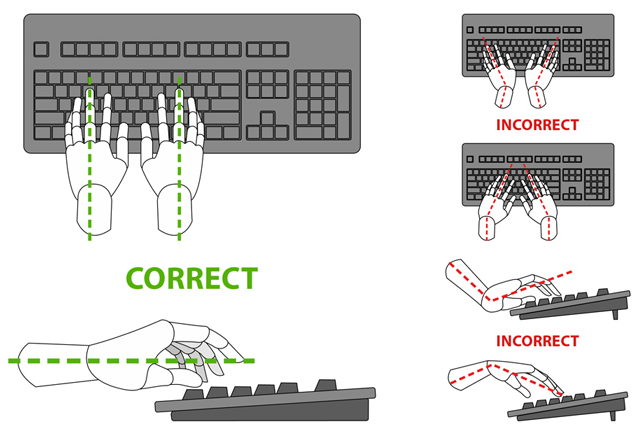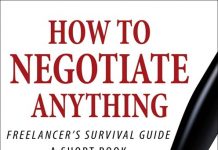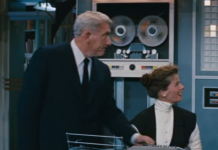Back to school today! We have two days of staff meetings, first aid training and general prep time before classes begin on Thursday. So how did my Summer of Ergonomics go?
Pretty well, actually. As I wrote back in June, I’d done some damage last year that never quite corrected itself. I’m generally fine, but when I overdo it, I start waking up in the middle of the night with tingling fingers. I actually learned a lot this summer about what works for me, what doesn’t, and what I can do to keep my wrists healthy.
1. Protective Gear Works
I have been amazed at how much better my wrist feels when I wear a protective sleeve when I write. It doesn’t completely fix the problem when I’m in full-on flare-up mode, but when things are relatively fine and I remember to wear the sleeve, I can keep things feeling OK.
It makes sense, when you think about it. You wear shoes for sports, to cushion your feet and protect sensitive areas. Why wouldn’t you for writing, which works a different part of the body in an endurance fashion?
2. Table Height Matters
In an effort to get out of the house while simultaneously conserving subway tokens, I rotated between four local coffee shops. One of them had an absolutely perfect table height and chair height that left my wrists at exactly the optimal angle. I went there for two weeks in a row, and during that time was working on my online course and writing a few articles a day, and my wrist completely healed.
I also found that for longer working periods, my kitchen table seemed to have a better setup than my desk; it was worth moving the computer over.
The absolute number one wrist killer? On the couch, with my laptop on my lap. There was no way to do this that didn’t put my wrist in a bad position, and I learned this lesson the hard way.
At the minimum, I have to be at my desk. At the optimal, if I have a lot of work to do, it’s worth making the trip to a certain coffee shop.
3. Gaming vs. Work: Work Wins
I say this with pain, because I enjoy an occasional game or two, but too much tech time is bad for me, and I simply can’t afford to waste it on gaming anymore.
Temple Run, which is fun and super-addictive, was the worst for this and I actually think it was what wrecked my wrists in the first place, last year. You can’t just tap or press to control the game—you have to swipe and tilt. I rationed myself to one game per day, and that was it.
The winner here? My 3DS. Because many of the games I enjoy, such as Brain Age, are pen-based, it was a lot more comfortable to play on. Increasingly, I began using it for my gaming fix.
I plan to buy another wrist sleeve to keep at school; there are two computers I can access, a lab (which is set up correctly) and a corner workspace for us floater teachers, which is not. Proper support will make a difference when I work there.
It took me some trial and error to figure out what works for me and what doesn’t, and I regret that damage was done in the process. But I think I know what I need to know now to protect myself going forward.


































I am amused by the “correct” top view of a keyboard and hand position. (The big illustration in the top left corner of the image above.)
How, exactly, are you supposed to keep your hands close together and your forearms parallel to each other? I can’t do it.
In the picture the hands are about 6 inches apart. My shoulders are about 20 inches wide. When I bring my hands close together in front of my body, my forearms are positioned like this ^.
On a normal keyboard, with straight rows of keys, I am forced to bend my wrists sideways, as shown in the top right “incorrect” illustration. And yes, typing with my wrists bent like that caused me to develop ‘repetitive strain injury’ in both of my wrists.
Fortunately there are “ergonomic” keyboards on the market that have the rows of keys laid out in a shallow V pattern, eliminating the need to bend my wrists sideways. I started using such a keyboard about 20 years ago, and it makes a real difference. I no longer get wrist pain from typing.